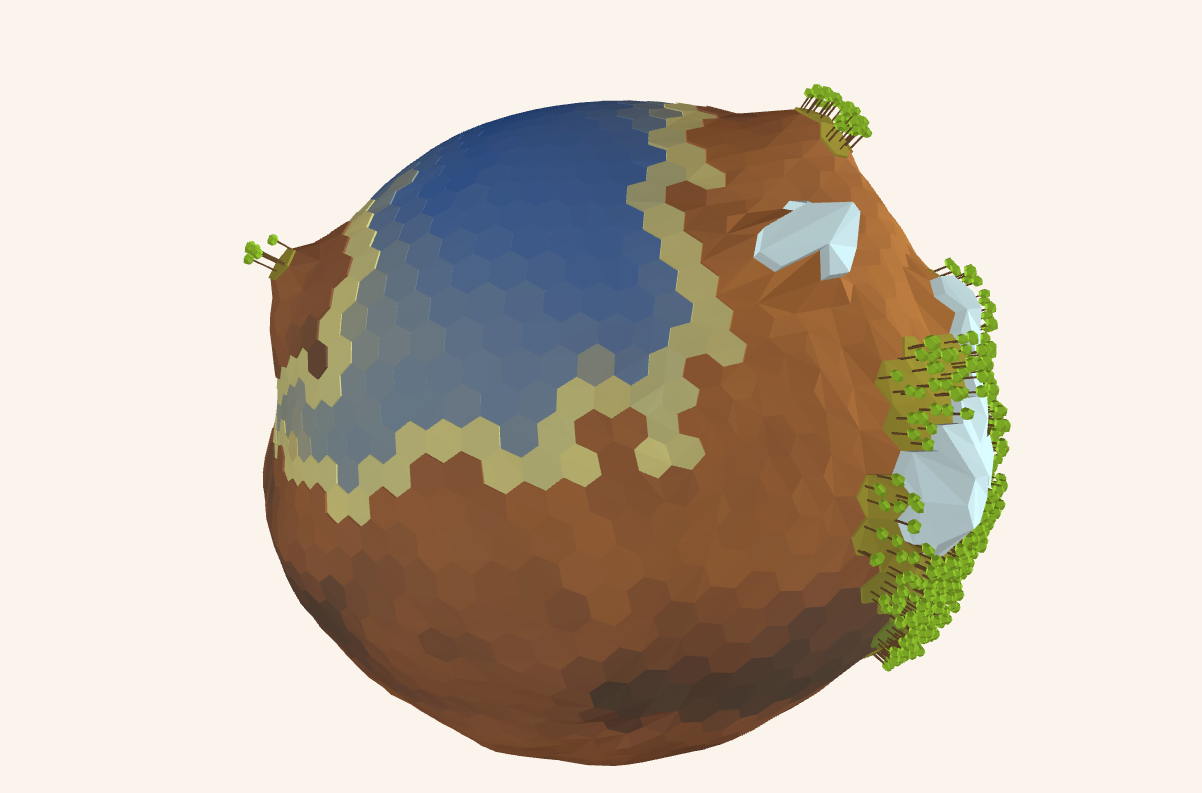
From these accomplishments have come the super computer, telecommunications, GPS, and the internet.Īt least two more waves of science need further amplifying in order for interplanetary and interstellar life to be feasible. In the twenty-first century, quantum physicists have brought in the third technological wave, building on developments in laser and transistor technology. This made the Age of Electricity a reality, and its tendrils took firm hold of homes and businesses across the world, in the form of radio, television, generators, and radar. The second wave began in the twentieth century as physicists gained a better grasp of electricity and magnetism. This was the era of steam engines, locomotion, and factories. The nineteenth century witnessed the first wave, as physicists made foundational discoveries in thermodynamics and mechanics. There are a number of historic waves of science and technology that have laid the groundwork for space travel and settlement. We don’t have to wait around to become part of the latest mass extinction. Homo sapiens is the only species capable of shaping its destiny. Animals either emigrate from inhospitable places, adapt to the new conditions, or die. They merely react as the crises loom large.

Barring humans-and only recently in their case-no species could predict catastrophes. Carl Sagan rightly described our planet as a “cosmic shooting gallery.” Should we manage to evade all these dangers, the ultimate danger is the exhaustion of our Sun, which will be the most decisive end to life on earth.Ĭataclysmic events like this are rare, but shaping. It could be an extraterrestrial threat, a meteor crashing into our atmosphere and ending us like one did 65 million years ago. It could be natural, like another Ice Age or the eruption of the monstrous volcano currently dormant under Yosemite. The sixth could be due to man-made climate change. There have been five so far in Earth’s history. The gaps between these mass extinction events are thousands or even millions of years. The ocean spray or majestic mountain vistas might lull us into a sense of security, but the laws of physics dictate that we are not immune to another disaster of super volcanic proportion. Imagine that: a remnant of humanity small enough to fit in a small concert hall. Somehow, a handful of humans survived, eeking out an existence on whatever scraps of edible matter remained. They were buried in the ash, burned in the blistering heat, choked in the poisonous smog, or frozen in the winter that set in when the dust settled. Wherever this toxic cloud reached, it spelled destruction for the plants and animals residing there. Populations as remote as South Africa’s were decimated. Debris covered Malaysia and India with a coat of ash and rock up to 30 feet thick. The eruption of supervolcano Toba in modern-day Indonesia sent millions of tons of dirt, smoke, and rock hurtling miles into the atmosphere and across continents.


 0 kommentar(er)
0 kommentar(er)
